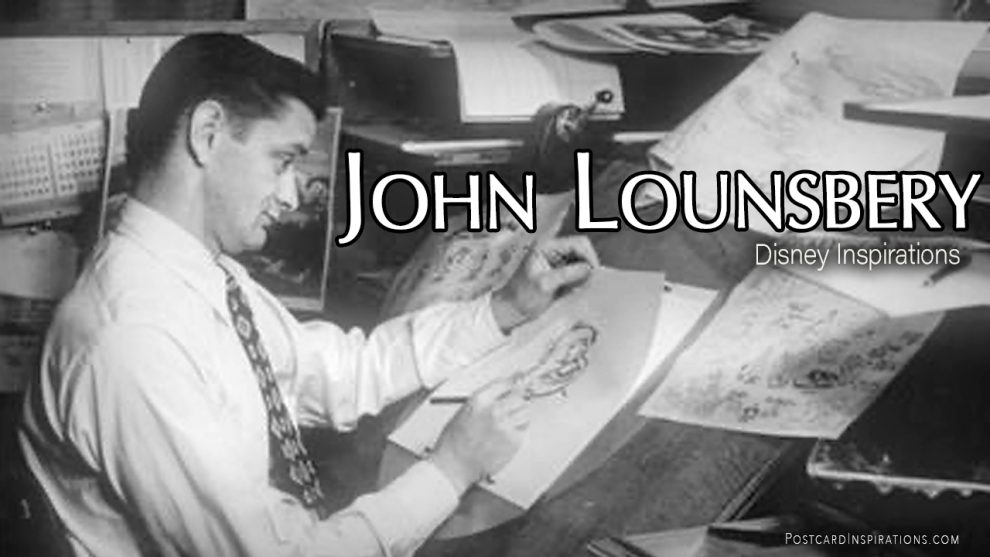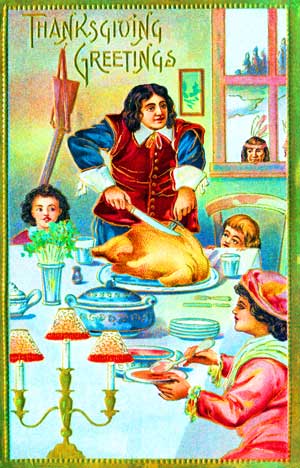John Lounsbery was born in March of 1911 in Cincinnati, Ohio, though he was raised in Colorado. John was the youngest of three sons born to his parents, and attended East Denver High School. After graduating, he attended the Art Institute of Denver, a school that he graduated from in 1932. After graduating from the Art Institute, John moved to Los Angeles. That is where he began his storied career.
Once he was living in Los Angeles, John took jobs as a freelance commercial artist, and also took classes at the Art Center School of Design. It was at this school that one of the instructors took notice of John’s talent in drawing, and sent him to Walt Disney Studios, which was looking for animators at the time, as the company built its team.
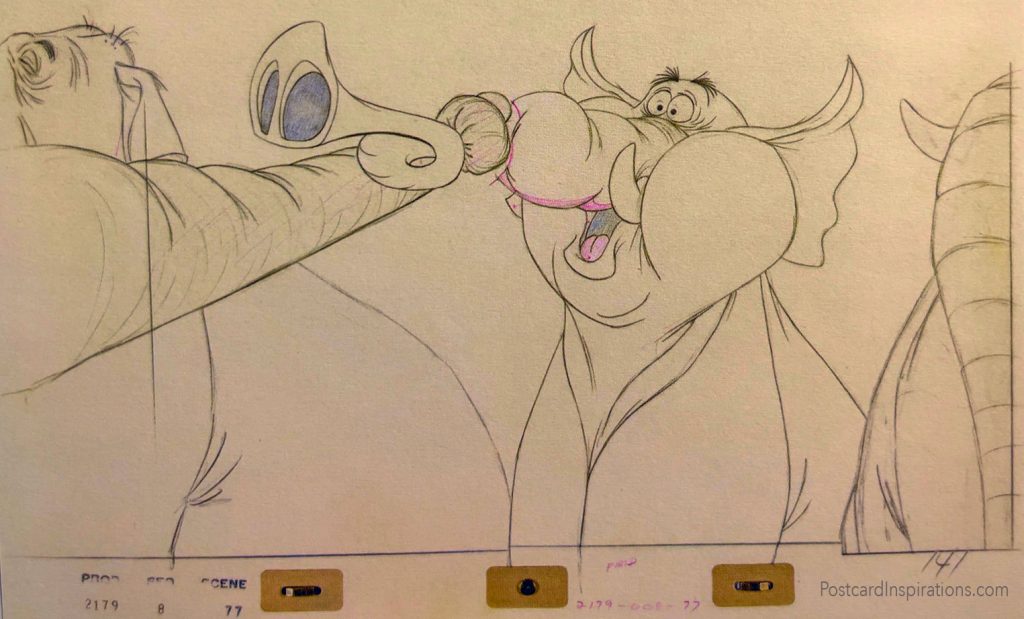
John was hired and began working for the Disney Company in 1935 as part of the animation team. His first job with the company was as an assistant animator on the Snow White animated film. The first several years he worked there, he specialized in drawing the short films that featured the Pluto character. After working on Pluto for a while, John was promoted to the position of directing animator, and kept this position on several prominent Walt Disney Company productions, like the animated films Dumbo, Song of the South, Alice in Wonderland, Peter Pan, Lady and the Tramp, Sleeping Beauty, The Jungle Book, The Artistocats, and Robin Hood.
John was also the directing animator on several Winnie the Pooh features, such as Winnie the Pooh and the Honey Tree, Winnie the Pooh and Tigger, Too, and Winnie the Pooh and the Blustery Day. The latter of these two projects won an Academy Award for Best Short Subject (Cartoons). The Winnie the Pooh and Tigger, Too film, which John directed, got an Oscar nomination.
The position of director on that Oscar-nominated Winnie the Pooh short film was another promotion for John, and he also served as the director on the full-length animated film, The Rescuers.
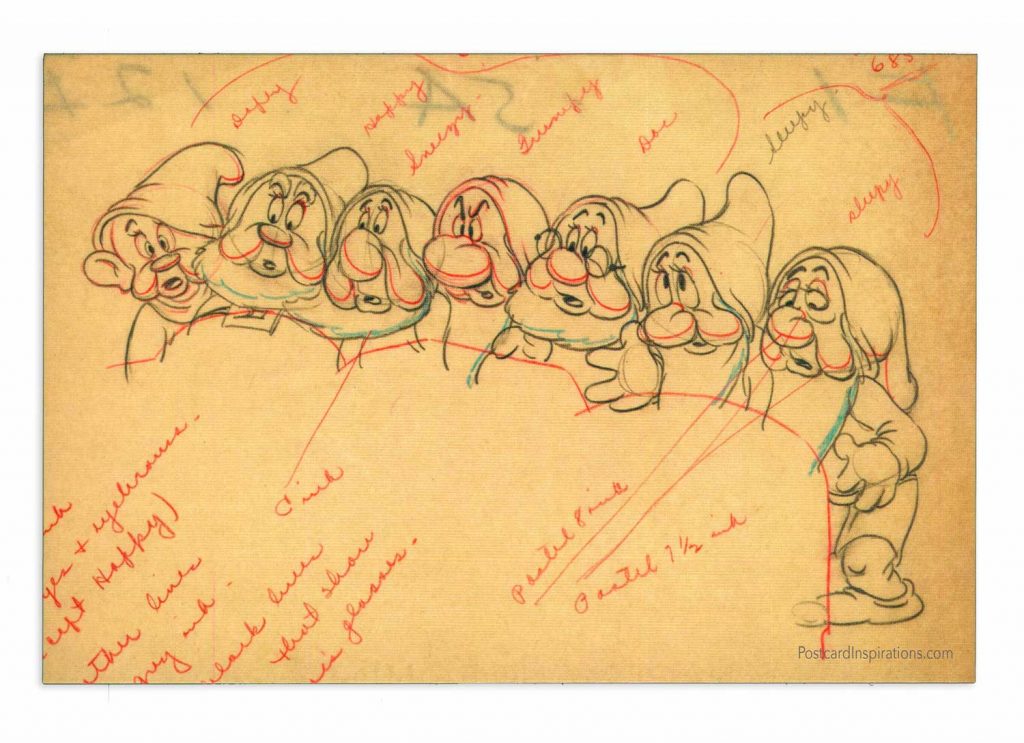
Other animators and Disney employees who worked with John recalled fond memories of him in a book called Disney Animation: The Illusion of Life. One of the compliments handed to John in this book said that John was known for an uncanny ability to always take any situation, no matter how unpleasant or bad, and being able to make a funny observation that would lighten up the situation, release tension, and make people smile. Also, while John was naturally shy, John created characters that were unabashedly outgoing. The book describes his characters as “hardly subtle,” but “always fun to watch.”
Thanks to joining the Walt Disney Company early on in its history, John was able to become one of the famous Nine Old Men, who were the pioneering lead animators in the company, the first to be considered lead animators in Disney history.
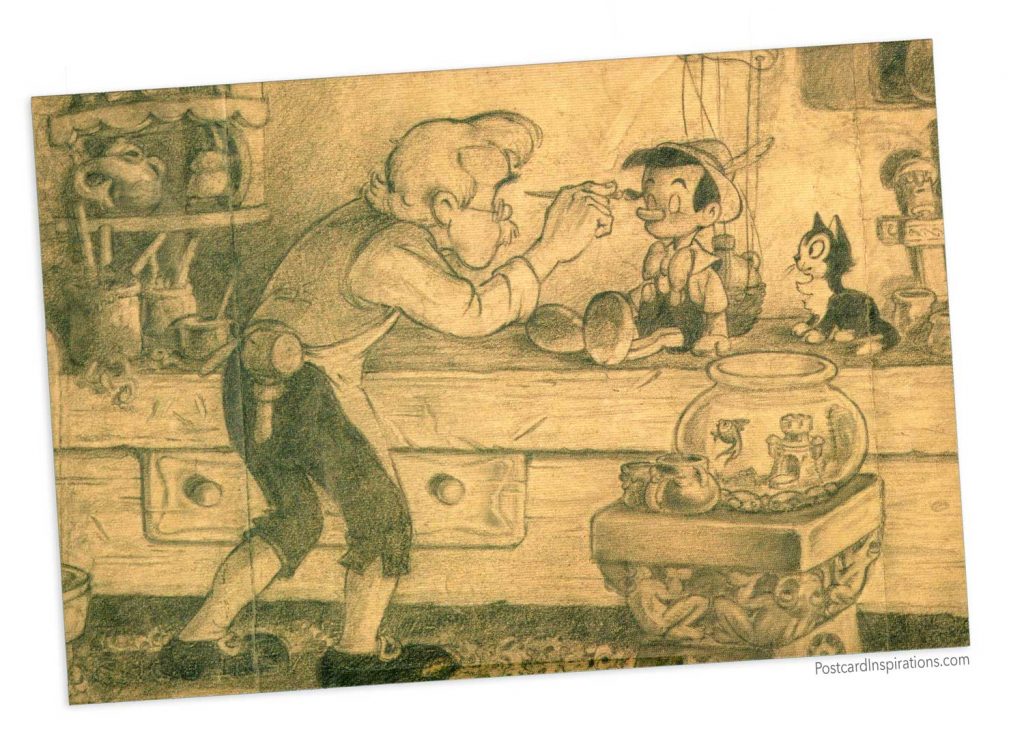
John proved himself early on in his career with the Walt Disney Company. His natural skill and talent were evident from the beginning, and this helped him go up the ladder at Disney more quickly than most. There is hardly a project produced in the Walt Disney Company’s first four decades that John did not have at least some hand in, and often a large hand in. Projects he worked on after the Pluto shorts, but before becoming a directing animator and a director, include scenes from such beloved animated films as:
- Pinocchio (where he animated the characters of Honest John J. Worthington Foulfellow and Gideon)
- The Dance of the Hours segment on the movie, Fantasia
- Victory Through Air Power (made for the US military during WWII)
- The Three Caballeros
- The Wolf character in Peter and the Wolf (which was itself a segment of the movie Make Mine Music)
In addition to these projects, John was also a character animator on the development of the Donald Duck character. Those are some pretty impressive Disney credentials. Most of what we love about classic Disney animation and characters today can be found to have some of John’s hand in them.
As a directing animator, John was involved in eighteen full-length animated feature films. These included:
- Dumbo (working personally on Timothy the Mouse and the Elephants)
- Song of the South
- Willie the Giant in the “Micky and the Beanstalk” part of the Fun and Fancy Free movie
- Melody Time
- The Adventures of Ichabod and Mister Toad
- Cinderella
- Alice in Wonderland
- Peter Pan (working particularly on the characters of George Darling and the Indians)
- Lady and the Tramp (working particularly on the characters of Tony, Joe, and Bull)
- Sleeping Beauty (working particularly on the characters of Prince Phillip, Owl, and Maleficent’s Goon)
- One Hundred and One Dalmatians (working particularly on the characters of Sergent Tibs and Horace Badum)
- The Sword in the Stone (working particularly on the character of Wolf)
- Mary Poppins
- The Jungle Book (working particularly on the characters of Shere Khan and Bugler)
- The Aristocats
- Bedknobs and Broomsticks (working particularly on the characters of Edgar, Madame Bonfamille, and Georges Hautecourt)
- Robin Hood (working as supervising animator on the Sheriff of Nottingham)
In fact, John was so devoted to the Walt Disney Company that he worked for them for the rest of his life. He never officially retired. He was still working full-time as a director on The Rescuers and on The Many Adventures of Winnie the Pooh when he passed away. John Lounsbery died on February 13, 1976, the first and youngest of the Nine Old Men to go. He was buried at the Forest Lawn Hills Cemetery in Los Angeles, California. In 1989, John was named a Disney Legend. There is no doubt that this honor was greatly deserved. John was one of the busiest, most prolific, and talented of Walt Disney Company animation workers, and his work is still remembered, honored, and looked upon fondly today. Any time you watch a classic Disney film, you are watching something John Lounsbery helped to create.


